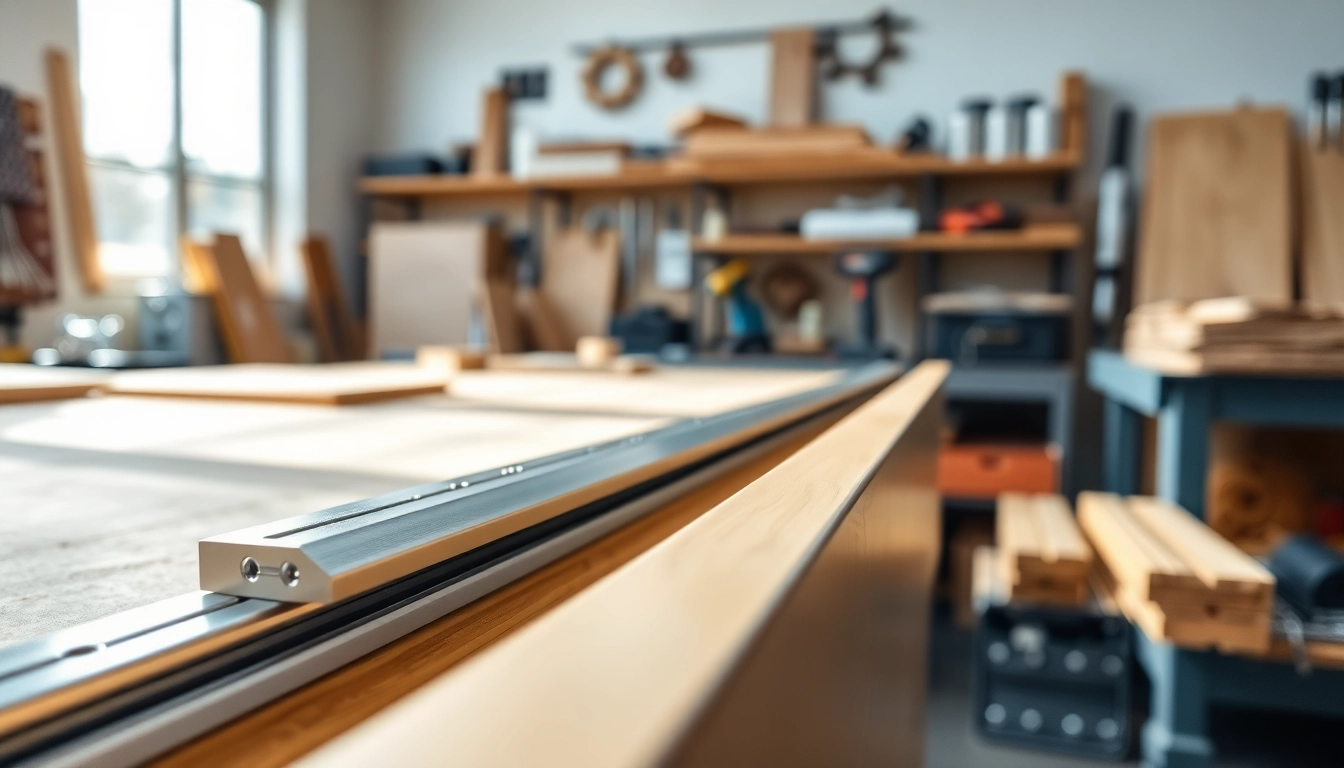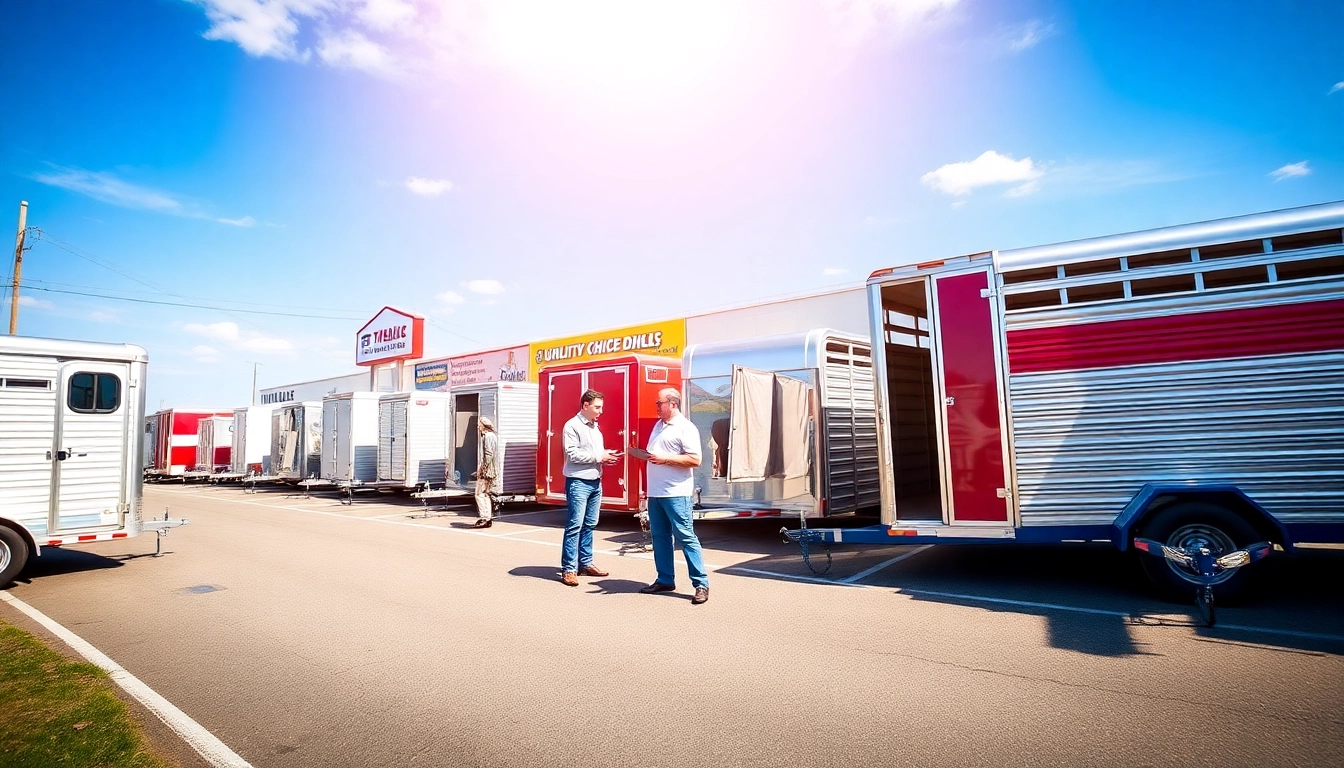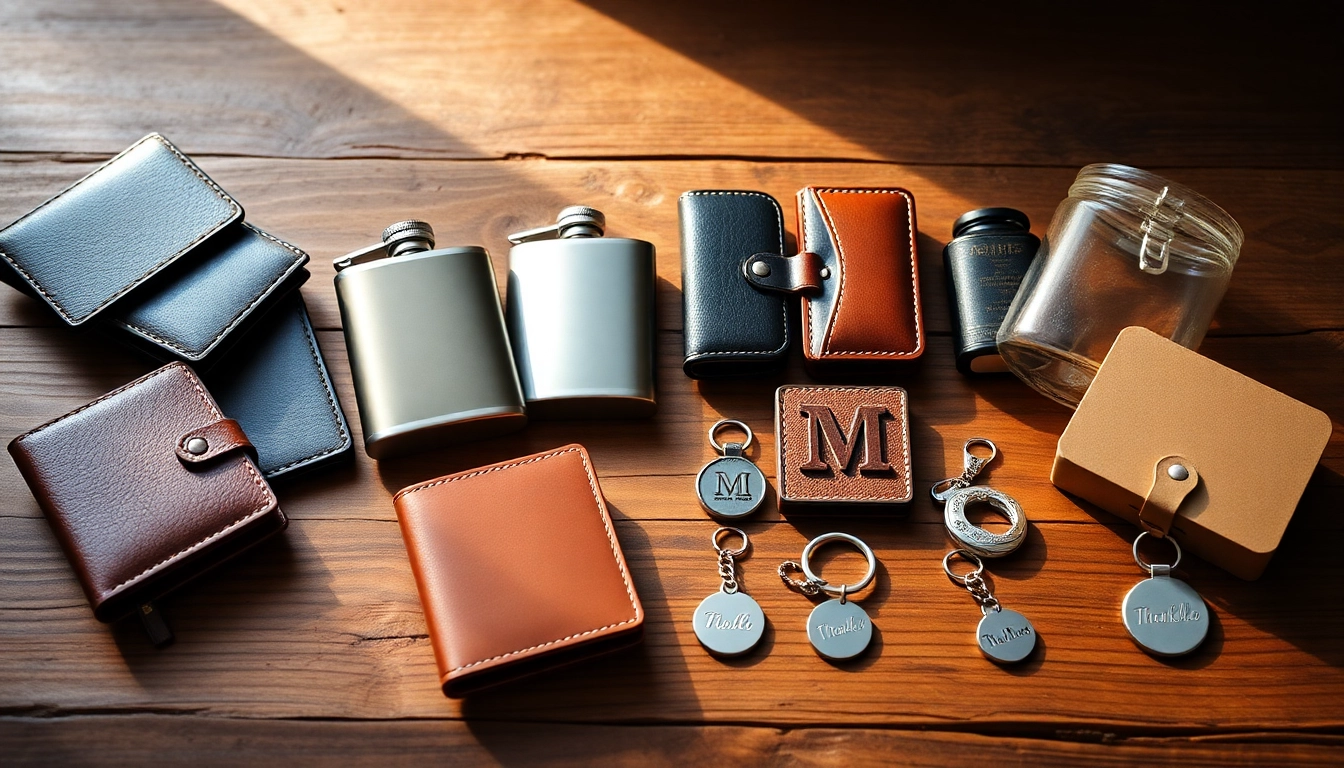Understanding the Metal Drawer System
What is a Metal Drawer System?
A Metal Drawer System is an engineered solution designed to facilitate efficient storage and organization within various cabinets and furniture. Constructed from high-quality metal, these systems prioritize durability, offering a lasting solution for both residential and commercial applications. Metal drawer systems are pivotal in enhancing the functionality of kitchens, offices, wardrobes, and other spaces by providing sturdy, space-saving designs that can handle considerable weight while ensuring smooth drawer operation.
Key Components of Metal Drawer Systems
The effectiveness of metal drawer systems relies on several integral components, each playing a vital role in overall performance:
- Drawer Box: Typically made of steel or aluminum, drawer boxes provide strength and aesthetic appeal. They are available in various designs and finishes to cater to different decor styles.
- Slides: The mechanism that allows drawers to open and close smoothly. Metal slides may feature various technologies including ball-bearing or roller systems.
- Front Panels: These are the visible parts of the drawer, which can be customized to match the surrounding cabinetry.
- Runners: Fixed at the sides, they guide the drawer and support its weight during use. Quality runners ensure the longevity and smooth operation of the drawer.
- Mounting Hardware: Essential for securely attaching the drawer system to cabinets or furniture without compromising stability.
Types of Metal Drawer Systems Available
Metal drawer systems come in a variety of types, each suited for different applications:
- Undermount Systems: These systems are concealed beneath the drawer, providing a clean aesthetic while enabling full access to the drawer’s interior.
- Side-Mount Systems: These feature side-mounted slides and are easy to install, making them popular for DIY projects. They can support heavier loads and are known for their durability.
- Soft-Close Systems: Incorporating hydraulic mechanisms, these systems prevent drawers from slamming shut, offering a quieter and more refined user experience.
- Full Extension Slides: Allowing access to the entire drawer, these systems maximize usability, especially in larger drawers.
- Modular Drawer Systems: Providing flexibility, these can be tailored or expanded upon to fit specific needs, making them ideal for custom-built furniture.
Benefits of Using Metal Drawer Systems
Durability and Strength of Metal Drawers
One of the primary advantages of metal drawer systems is their unparalleled durability. Unlike wood or plastic, metal can withstand heavier loads and resists wear and tear from daily use. They are less prone to warping, cracking, or splitting under pressure, ensuring they maintain structural integrity over time. Additionally, many metal systems come with protective coatings that resist rust and corrosion, extending their lifespan even in high-humidity environments like kitchens and bathrooms.
Design Flexibility and Aesthetic Appeal
Metal drawer systems provide versatility in design, making them suitable for diverse styles—from modern industrial to classic chic. Manufacturers offer a range of finishes, colors, and shapes that can complement various cabinetry and home décor. The ability to customize front panels also means they can seamlessly integrate into existing spaces, enhancing the overall aesthetics. Furthermore, their sleek metallic finish can add a contemporary touch, appealing to both residential and commercial designers.
Enhanced Functionality and Organization
Functionality is a key feature of metal drawer systems. They offer innovative solutions for organization, such as dividers and trays that help users maximize drawer space and keep items neatly arranged. Features like soft-close mechanisms, full drawer extensions, and quiet slides improve the user experience, making the process of accessing stored items much more enjoyable. For businesses, well-designed metal drawer systems can enhance workflow by providing quick access to tools, documents, and materials, thereby increasing productivity.
Choosing the Right Metal Drawer System
Factors to Consider When Selecting
When choosing a metal drawer system, several factors should be considered to ensure it meets your specific needs:
- Weight Capacity: Determine the load the drawer will need to support and select a system that can accommodate that weight without compromising performance.
- Size: Measure the space where the drawer will be installed to guarantee a proper fit. Consider both depth and height to ensure usability.
- Functionality: Consider features such as soft-close or full extension based on your preferences and how the drawer will be used.
- Price: Set a budget and explore options within that range, balancing cost with quality to find a durable solution.
- Installation Requirements: Some systems are easier to install than others. Evaluate your own DIY skills or consider hiring a professional if installation appears complex.
Comparing Brands and Models
When evaluating different brands and models, pay close attention to quality, warranty, and customer reviews. Brands like Blum, Häfele, and Richelieu are renowned for their superior craftsmanship and innovative products. Compare the specifications of various systems to find models that align with your functional and aesthetic desires. Look for comprehensive warranties as they can indicate a manufacturer’s confidence in their product’s longevity.
Installation Tips and Best Practices
Successfully installing a metal drawer system can enhance its performance and durability. Here are some best practices:
- Follow Manufacturer Instructions: Always consult and adhere to the specific installation guide provided by the manufacturer to avoid mistakes that could compromise the system.
- Utilize Proper Tools: Ensure you have the necessary tools for installation, including a drill, level, and measurement tools, to conduct the installation accurately.
- Check for Leveling: Before securing the drawer system, ensure it is perfectly level. This step is crucial for smooth operation and to avoid wear on slides.
- Test Before Finalizing: Before fully securing the drawer system, do a test run to check that drawers open and close properly without obstruction.
- Consider Professional Help: If you are unsure about the installation process, hiring a professional can save time and ensure that the system is installed correctly.
Maintenance and Care for Metal Drawer Systems
Cleaning and Preventive Care
Regular maintenance of metal drawer systems can significantly extend their lifespan. Here are a few effective cleaning tips:
- Regular Dusting: Use a microfiber cloth to dust off drawers regularly, eliminating debris that could hinder the smooth operation of slides.
- Deep Cleaning: Occasionally, perform a deeper clean using a mild soap solution for greasy or sticky residue. Avoid abrasive cleaners, as they might scratch the surface.
- Inspect Mechanisms: Periodically check the slides and mechanisms for signs of wear and tear, ensuring they remain well-lubricated for optimal operation.
- Watch for Corrosion: If drawers are in humid areas, inspect metal for rust and act quickly to treat any areas showing signs of corrosion.
Troubleshooting Common Issues
Even the best metal drawer systems can encounter issues over time. Here are a few common problems and their solutions:
- Drawer Not Opening Smoothly: Check for obstructions or debris in the slide mechanisms. Cleaning and lubricating the runners can often resolve this issue.
- Drawer Misalignment: This can occur due to loose screws or improper installation. Realigning the drawer according to the manufacturer’s specifications may resolve misalignment.
- Rattling Noises: Noises can result from loose components. Tighten screws and ensure all parts are secured adequately.
- Sticky Drawers: If drawers become consistently hard to open, this may indicate lubricant depletion. Apply a silicone-based lubricant to revive smooth operation.
Maximizing Longevity and Performance
To maximize the lifespan and performance of your metal drawer systems, consider the following tips:
- Load Management: Avoid overloading drawers beyond their specified weight limits, as excessive weight can cause premature wear.
- Frequent Maintenance: Implement a routine maintenance schedule that involves inspection and cleaning of the drawer systems.
- Prompt Repairs: Address issues as they arise rather than delaying repairs, as small problems can lead to larger, costlier issues over time.
Future Trends in Metal Drawer Systems
Innovations in Design and Functionality
As technology continues to advance, the design and functionality of metal drawer systems are also evolving. Innovations such as integrated soft-close mechanisms, push-to-open designs, and multifunctional drawer systems are making waves in the market. Manufacturers are continually exploring ways to enhance user experience, pushing boundaries on aesthetics and utility.
Eco-Friendly Materials and Practices
With growing concern for the environment, many manufacturers are beginning to adopt eco-friendly practices in the production of metal drawer systems. This includes using recyclable materials and sustainable practices in design and manufacturing processes. Consumers are increasingly seeking products that not only perform well but also minimize environmental impact.
Smart Systems and Technology Integrations
The integration of smart technology into metal drawer systems is another emerging trend. Future innovations may include features like sensors that alert users to overloading, automated opening systems controlled via mobile apps, or smart inventory management systems for business applications. These advancements will likely enhance the practicality of drawer systems and align with the increasingly connected lifestyles of users.



